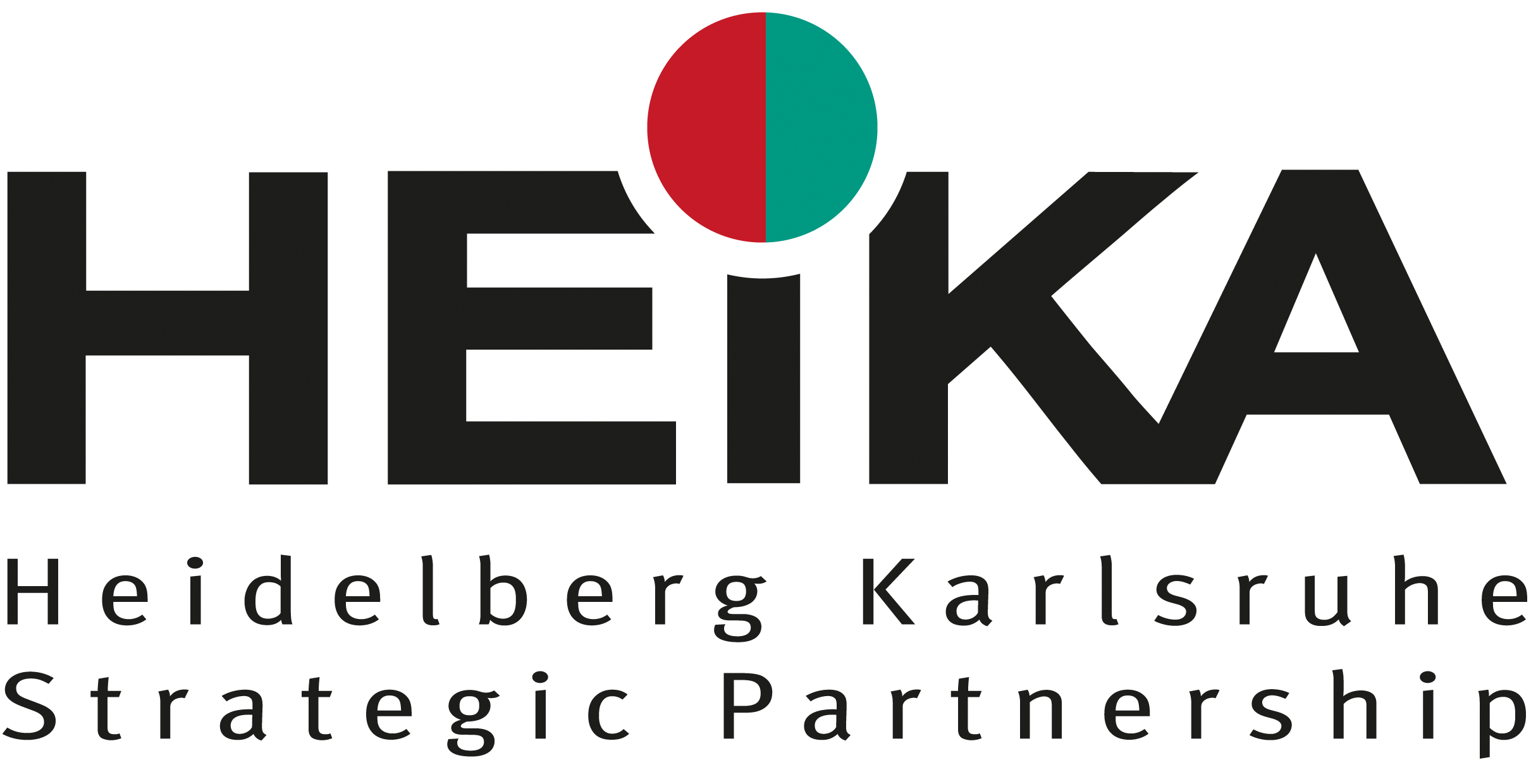The HEiKA Crowd FDA project successfully complete its first year achieving defined key milestones. Together with main stakeholders from international to local and from scientific to political entities, the project heads towards a fruitful next phase. Main achievements are the development of conceptual framework for integrating VGI in near real-time FDA. Early on the project we pivoted from operationalizing this framework from sheltering of displaced population as a pilot application area (as conceived in the our proposal) to an application of near real-time assessment of tourism destination recovery. Availability and ease of access to data, synergies within the research team and potential for innovation in this area and future market application were the main drivers for this pivot. We submitted two scientific publications on this topic and demonstrated that the combined result of VGI and near-real time survey methodology can be used to obtain a comprehensive and evidence-based assessment of post-disaster recovery at regular time intervals. After a disaster, tourism declines and tourist stakeholders suffer because tourists cancel their reservations and choose to go elsewhere. A key part of managing recovery of tourism destinations is safeguarding the destination image and reputation which can be affected by negative or inaccurate media coverage. We applied our methodology for near-real time assessment of tourism in three tourism destinations in the Philippines affected by two back-to-back disasters: the Bohol earthquake and tropical cyclone Haiyan in 2013. Our assessment methodology can be used a crisis communication tool for benchmarking and monitoring progress on post disaster recovery of a tourism destination. Three main dimensions of safety, physical recovery and business recovery are considered in the Scorecard, each containing key factors that are important to tourists and meaningful to tourism operators.
Forschungsbrücken

